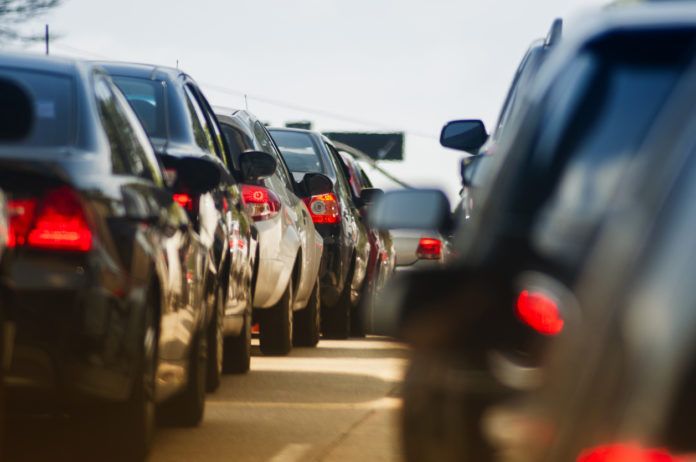Over the past two years, the Baton Rouge area has seen mixed progress on previously recommended strategies to advance regional mobility, safety and economic goals, according to a report released last week by the Capital Region Industry for Sustainable Infrastructure Solutions.
Compiled by the Center for Planning Excellence, the recent CRISIS report—called the Capital Region Mobility Strategy Dashboard—provides updates on three key areas CRISIS has been examining since 2017: Increasing capacity and efficiency, policy and partnerships, and travel choice and management.
“The Capital Region has done more in the past two years to improve mobility than any other region in the state,” says CRISIS Executive Director Scott Kirkpatrick in a prepared statement. “However, we started so far behind that we still have more catching up to do.”
Increasing capacity and efficiency has seen the greatest progress, with major infrastructure advancements—including MovEBR, the I-10 widening and the LA 415 Connector—in the pipeline, the report says. However, there’s still a need to construct a new south bridge with connectors and install transportation technology across the region.
Policy and partnerships have also progressed, with the Capital Region Planning Commission completing its MOVE 2042 transportation planning—but not as strongly.
While East Baton Rouge and Ascension parishes advanced plans for smart growth and safe streets, there were few similar initiatives in other parishes in the region. Moreover, mobility planning dollars for the Baton Rouge area remain low compared to other peer cities.
The least progress, meanwhile, was noted within travel choice and management, as ridesharing, rail, biking, bus riding and walking remain little-used in the Capital Region. Though East Baton Rouge made the most progress of all parishes, it’s still limited.
The CRISIS Coalition was formed by the Baton Rouge Area Chamber, the Greater Baton Rouge Industry Alliance and the Center for Planning Excellence.



